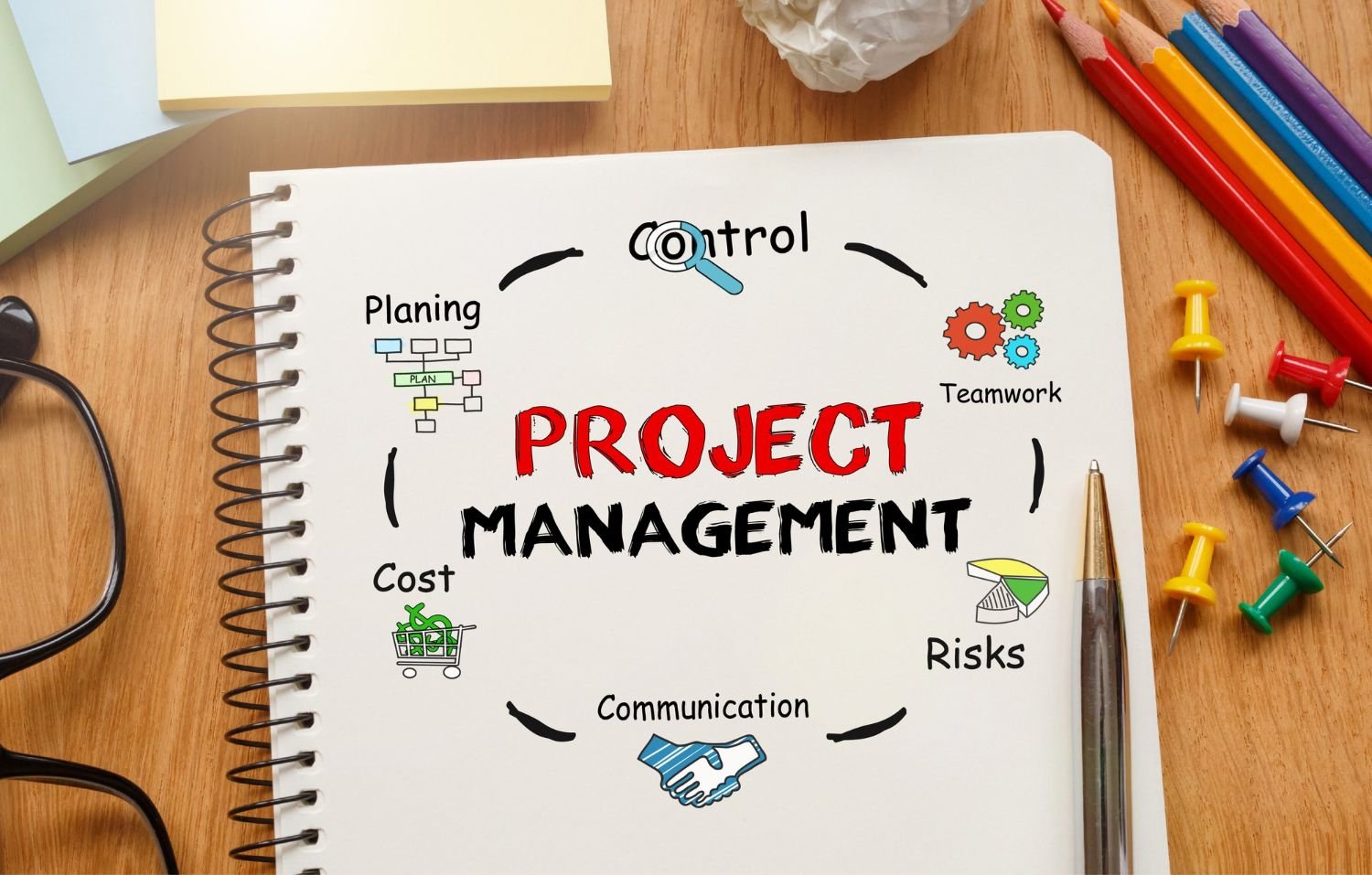How to Win Project Proposal: A Step-by-Step Guide
Crafting a winning project proposal is an essential skill that opens doors to new opportunities and long-term success for freelancers or businesses. A compelling proposal demonstrates your expertise and also convinces clients that you are the right choice for their needs. To consistently win proposals, you need a strategic approach that highlights your strengths and aligns with the client's goals.
Step 1: Understand the Client’s Needs
Before crafting your proposal, thoroughly review the project requirements. Research the client’s business, industry, and challenges. The more you understand their pain points, the better you can tailor your solution to address them. Personalizing your approach demonstrates your commitment and helps you stand out.
Step 2: Present a Clear and Concise Solution
Your proposal should clearly outline how you intend to tackle the project. Highlight key deliverables, timelines, and methodologies. Avoid overly technical jargon and focus on presenting a solution that aligns with the client’s objectives. A concise, well-structured proposal is more likely to capture their attention.
Step 3: Showcase Your Expertise
Include relevant examples of past projects, testimonials, or case studies that help to build credibility. Demonstrating a track record of success reassures clients that you have the experience and skills to deliver results. Ensure your portfolio aligns with the type of project you're pitching for maximum impact.
Step 4: Leverage the Right Platforms
Winning a proposal is a cornerstone of professional success, serving as a powerful tool that demonstrates expertise, builds client trust, and secures opportunities that drive long-term growth. BlueHippo, a talent marketplace, helps professionals find remote projects that match their expertise. Whether you’re a freelancer or a business, BlueHippo connects you with clients seeking quality talent. Explore BlueHippo today to discover projects that align with your skills and grow your career.

